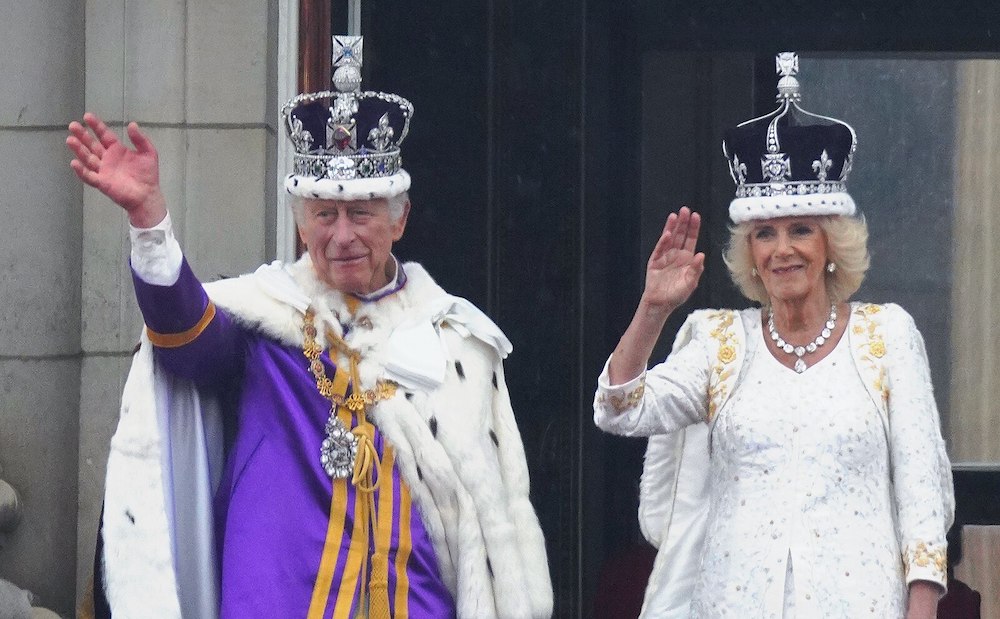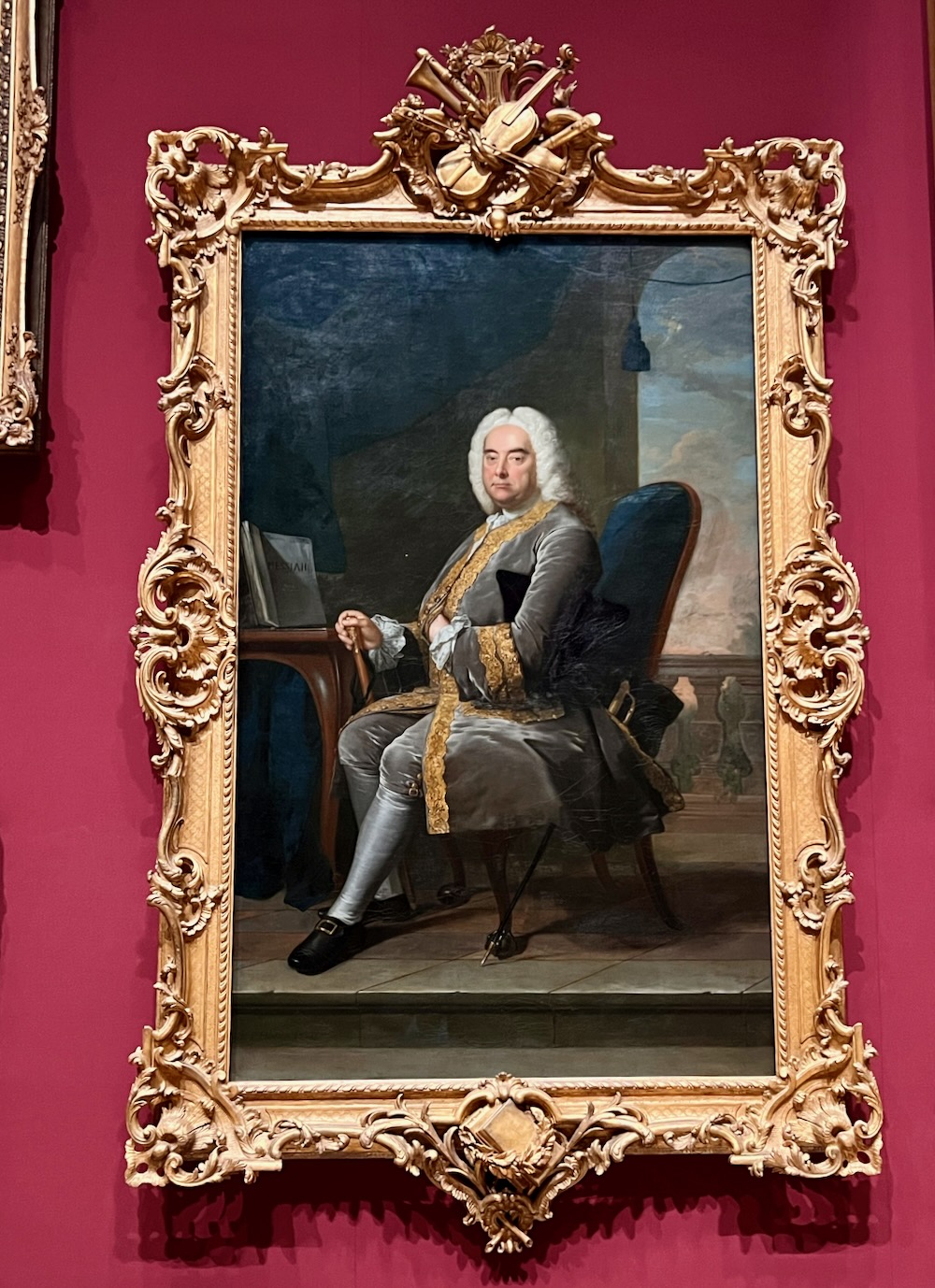George Frideric Handel’s Zadok the Priest has been sung at every coronation since that of King George the Second in 1727. The coronation ceremony takes place at Westminster Abbey when the incoming monarch is crowned by the Archbishop of Canterbury, the head of the Church of England. Westminster Abbey is the royal church of the United Kingdom and stands near to the Houses of Parliament.
The words Zadok the Priest (‘Sadoc ye Prieste’ in older texts) go back at least to the coronation of King Edgar which took place in Bath Abbey in 973 AD. The ‘sacral’ (holy) coronation ceremony tradition of anointing dates back to 970 BCE when Solomon, successor to King David, was anointed as the king of ancient Israel.
The lyrics of Zadok the Priest include:
Zadok the priest and Nathan the prophet anointed Solomon king.
All the people rejoiced and said:
God save the King! Long live the King! God save the King!
May the King live for ever!
Amen! Hallelujah!
 King Charles and Queen Camilla waved from Buckingham Palace’s balcony after their Coronation on Saturday, 6 May 2023. Photo Credit: © Isaac Mayne/DCMS via Wikimedia Commons.
King Charles and Queen Camilla waved from Buckingham Palace’s balcony after their Coronation on Saturday, 6 May 2023. Photo Credit: © Isaac Mayne/DCMS via Wikimedia Commons.
Though the music is iconic, Handel’s lyrics – traditional coronation words he put to music – have somewhat less subtlety than many a song sung from football terraces: It is perhaps appropriate that in 1992 Zadok was used as the basis for the UEFA Champions League anthem. During last year’s coronation, football supporters queried online ‘Was the music designed to sound like the Champions League music?’ Betting company Paddy Power wrote ‘They’ve sacked off the rest of the hymns and decided to sing the Champions League anthem. About time.’ Dara Ó Brian, the Irish comedian popular on British TV, also wrote: ‘Tuned out for a while; now they are building a box to the Champion’s League music. Does Charles pop out the top?’
In 1727 Handel changed his name from the German Georg Friedrich Händel to George Frederic Handel and adopted British citizenship. He was buried in Westminster Abbey and a distinctive statue stands in Poet’s Corner opposite that of William Shakespeare and above the grave of Charles Dickens. Although German by birth, Handel made his fame and fortune in London and was considered a naturalised Briton by the time of his death.
 Portrait of George Frideric Handel at The National Portrait Gallery in London. Photo Credit: © Ursula Petula Barzey.
Portrait of George Frideric Handel at The National Portrait Gallery in London. Photo Credit: © Ursula Petula Barzey.
People still stand up during the Hallelujah Chorus of Handel’s Messiah, as they have done since his day when King George the Second was reportedly so moved by it that he stood up, leading others in the audience to follow him. This may, however, be an urban myth as there is no evidence that the king actually attended the Messiah.
Who actually was Zadok? (The name means ‘just’ or ‘righteous’ in Hebrew.) He had aided King David during the revolt of David’s son Absalom and was appointed high priest as a result. Another of David’s sons, Solomon, then inherited the throne. Zadok’s descendants continued to serve as high priests in Jerusalem for many centuries, so the name Zadok became associated with this line of priests.
If you have found this history of a rousing British song intriguing, I cannot recommend the brief readable book Jerusalem The Story of a Song highly enough (Chronos books £14.99) written by fellow Blue Badge Tourist Guide Edwin Lerner.







Leave a Reply